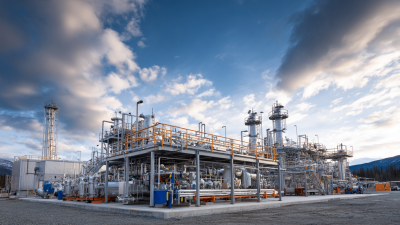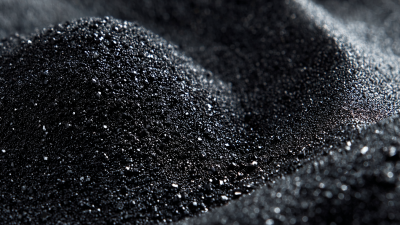

Lately, managing sediments effectively has become a pretty big deal in the oil and gas world. And honestly, that’s mainly because of all the tighter environmental rules coming into play and the need to keep operations running smoothly. One of the game-changers in tackling this issue is the Hydrocyclone Sand Separator. Have you heard? It’s really proven to be a crucial piece of technology. In fact, reports suggest that the global market for these hydrocyclones is set to hit around 1.6 billion USD by 2026, growing at about 6.5% annually since 2021. Shanghai Shangjiang Petroleum Engineering Equipment Co., Ltd. has been right there at the forefront, constantly working on developing and improving cyclone separation tech to match the specific needs of this industry. Using Hydrocyclone Sand Separators, companies can cut down on sediments much more effectively, which means they get better efficiency, less wear and tear on equipment, and they can meet those super strict discharge standards. In this blog, I’m going to share some practical tips for putting together effective sediment management strategies with these separators — showing just how vital they are for modern oil and gas operations.
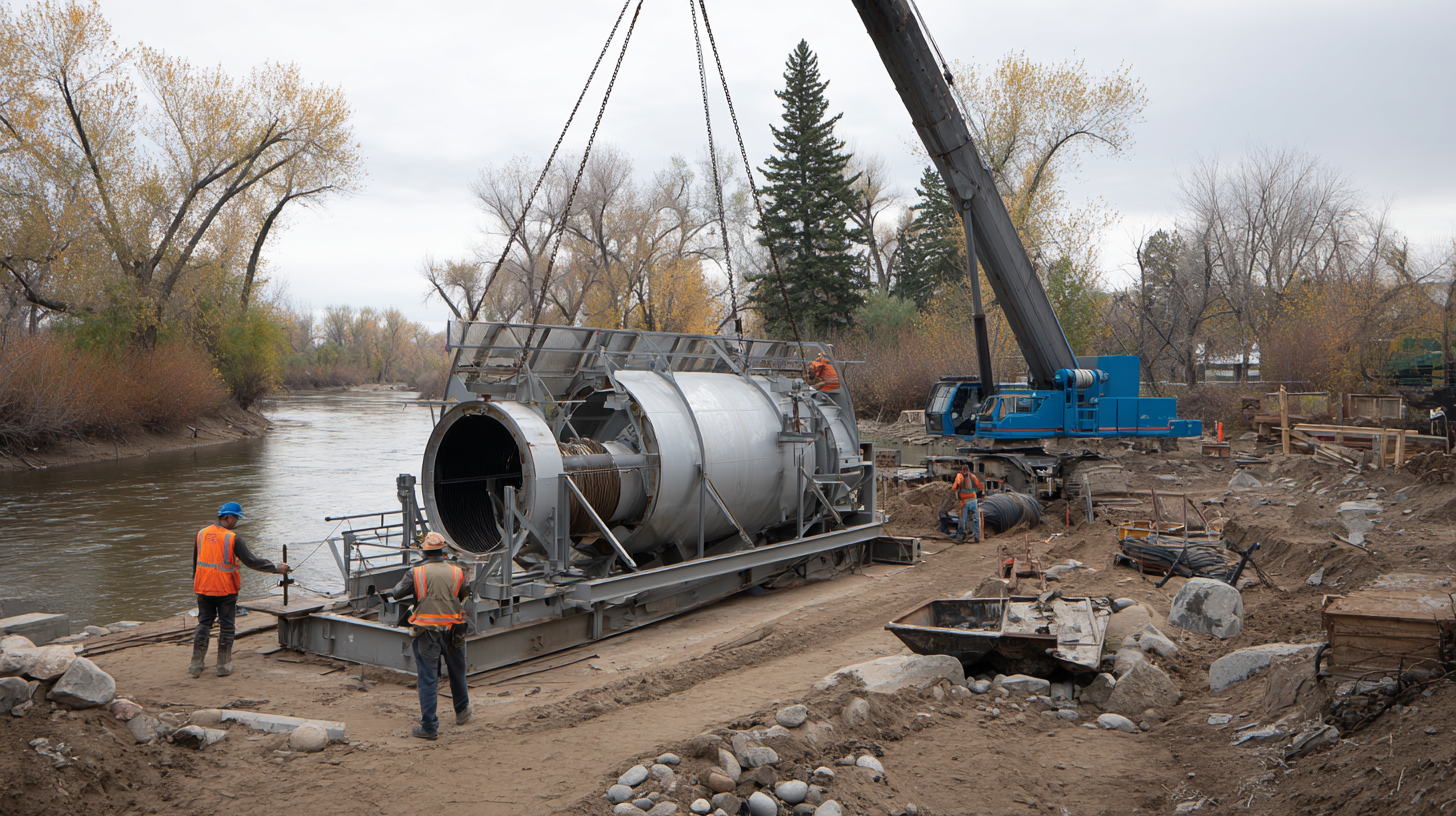
You know, hydrocyclone sand separators have really become a game-changer when it comes to managing sediment. They're pretty impressive because they help make operations run smoother and more efficiently. I came across a report from Research and Markets that said the global market for these devices is expected to grow at about 7.5% CAGR from 2021 to 2026 — so, clearly, a lot of industries are relying on them now. One of the coolest things? They can sort out particles by size and density without any moving parts. That means less maintenance hassle and more dependable performance. Since they work passively, you can keep processing non-stop — especially handy when dealing with high sediment loads.
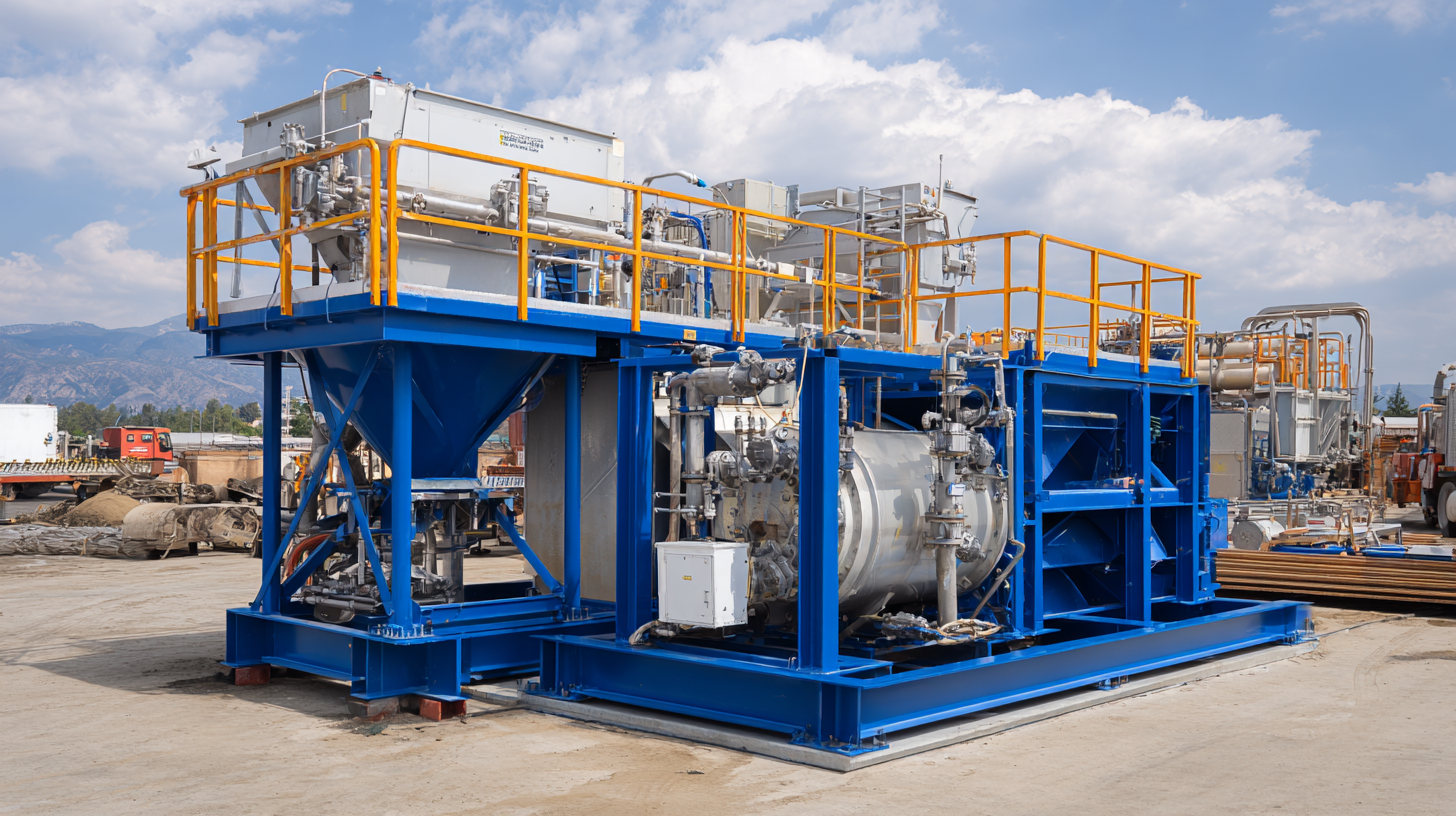
Plus, these systems are great at cutting down on waste. According to the American Society of Civil Engineers, using hydrocyclones can cut solid waste by up to 30%. That not only saves money on disposal but also helps keep the environment a bit cleaner. They're super versatile too — you can easily integrate them into existing water treatment setups and handle different kinds of sediments and flow rates without much trouble.
All in all, considering their design and proven track record, hydrocyclone sand separators are pretty much essential tools these days for effective sediment management in modern projects.
Hydrocyclones really changed the game when it comes to separating sand in different industries. They’re way more efficient than the traditional methods, often doing the job faster and with less hassle. Basically, they use centrifugal force to sort particles based on their size and density—pretty clever, right? One of the best parts is that these separators can run continuously, which means less downtime and more productivity for the folks using them. Whether you're dealing with sediment in mining operations or managing wastewater, hydrocyclones are a reliable solution that helps optimize resource use while keeping the throughput high.
On top of that, the cool thing about hydrocyclone systems is how flexible they are. You can tweak the rotation speed or feed pressure to suit your specific needs. That means you can really fine-tune the process to get the best results. Plus, this adaptability helps cut down on waste and makes the whole system more efficient. As industries move toward greener, more sustainable practices, using hydrocyclone sand separators isn’t just a nice-to-have anymore — it’s pretty much essential for good sediment management and protecting the environment.
Using hydrocyclone technology for handling sediment can actually be a pretty smart move financially for lots of industries, especially in construction and water treatment. Basically, these devices do a great job at separating out the sediment from water, which means you don’t have to rely on massive filtration setups or wait forever for sedimentation to happen. This cuts down on how much you spend upfront on equipment, and it also helps lower ongoing costs since you don’t need to keep up with complex filtration systems. Companies can save money overall while also getting more water treated in less time—that’s a win for productivity.
And it’s not just about saving bucks. Hydrocyclones are also good news when it comes to meeting environmental rules. Old-school sediment management can lead to fines and cleanup costs if runoff or contamination isn’t handled properly. But with hydrocyclones, businesses can actually discharge cleaner water and stay within the legal limits, which helps dodge those hefty penalties. So, in the long run, the combination of lower maintenance costs, better compliance, and smoother operations makes investing in hydrocyclone sand separators a pretty smart choice for organizations looking to improve how they handle sediment without breaking the bank.
| Dimension | Description | Estimated Annual Savings ($) | Implementation Cost ($) | Payback Period (Years) |
|---|---|---|---|---|
| Operational Efficiency | Reduction in energy consumption due to improved sediment separation | $20,000 | $40,000 | 2.0 |
| Maintenance Costs | Lower maintenance due to fewer clogging issues | $15,000 | $25,000 | 1.67 |
| Waste Reduction | Less waste generated from sediment handling | $10,000 | $15,000 | 1.5 |
| Water Savings | Efficient use of water in the sedimentation process | $8,000 | $12,000 | 1.5 |
| ROI | Return on Investment from operational improvements | $53,000 | $92,000 | 1.74 |
Have you heard about hydrocyclone sand separators? They've really become a pretty effective solution for managing sediment, especially when you think about their impact on the environment. Basically, these devices use centrifugal force—kind of like spinning really fast—to pull sand and silt out of water. This means less sediment sneaking into natural water bodies, which is a big win for the health of aquatic ecosystems. When sediments are removed efficiently, it helps keep these environments balanced, supports the diversity of life, and cuts down on pollution.
Now, managing sediments in a sustainable way is super important, especially to fight issues like erosion and habitat loss. The old-school methods, like mechanical dredging or using chemicals, can actually do more harm than good to nearby ecosystems. On the other hand, hydrocyclones are way more eco-friendly—they don't rely on chemicals and don't need much energy to run. Plus, they keep water clear by continuously removing sediments, which also helps maintain the natural movement of sediments that our waterways rely on. As more industries look for greener, cleaner options, hydrocyclones are definitely standing out as a smart, environmentally conscious choice. They're pretty much in line with today’s push for sustainability and protecting our planet.
Hydrocyclone sand separators are really gaining popularity these days, and it’s easy to see why. They’re super versatile and pretty effective across different industries, helping tackle sediment problems like a champ. Take the construction world, for example—these separators are a big deal when it comes to processing materials. They do a great job at pulling out sand and gravel from water used in concrete mixing and other jobs. How do they do it? By spinning water around to leverage centrifugal forces, they can separate tiny particles from the bigger ones, making sure you get a cleaner, more usable product that sticks to industry standards.
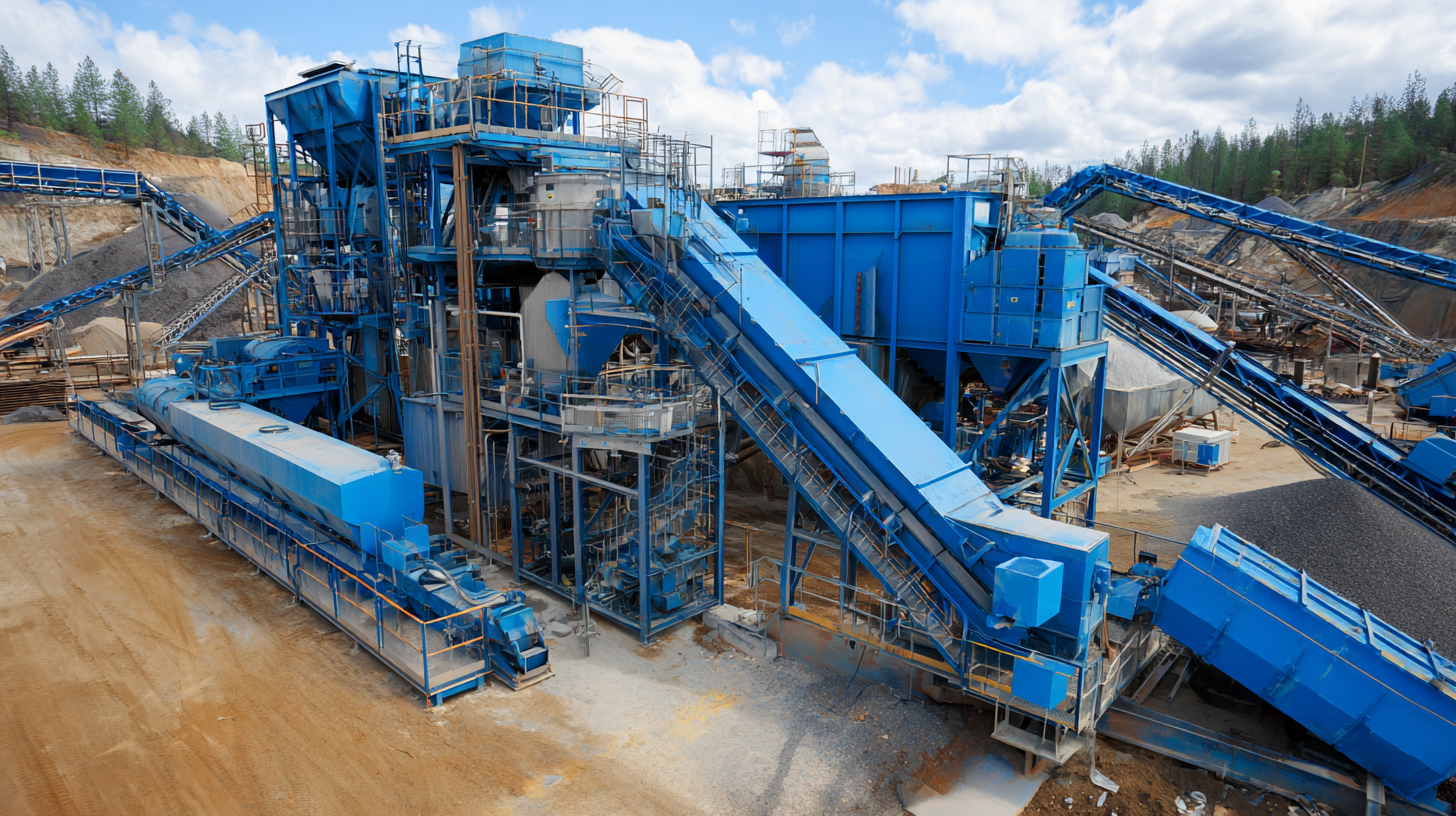
But it’s not just construction that’s loving these things. They’re making some serious waves in mining too. Removing sediment is crucial there if you want things to run smoothly, and hydrocyclone separators really help concentrate those valuable minerals while getting rid of the pesky tailings. One of the things that makes them so handy is their ability to deal with a variety of particle sizes and densities—no problem there. Plus, they’re pretty compact, so slipping them into existing systems doesn’t usually require major upgrades, which is a big plus.
And let’s not forget about wastewater treatment. These separators are pretty effective at removing solid contaminants from water, which means better treatment and, importantly, helping companies stay compliant with environmental rules. Overall, it’s clear that hydrocyclone technology is pretty adaptable and plays a vital role in managing sediments efficiently—saving the day across industries and helping operations stay resilient and eco-friendly.
Hydrocyclones play a really important role when it comes to keeping water clean by effectively pulling out sediments from water systems. Basically, they use centrifugal force—think of spinning really fast—to sort particles by size and density. So, when water enters one of these devices, it spirals down in a whirlpool-like motion. The heavier stuff gets pushed to the outer wall, where it’s captured and removed, while the cleaner water flows out the top. This whole process not only makes the water clearer but also helps prevent issues like clogging or algae blooms that can cause trouble down the line.
You’ll see hydrocyclones being used in all kinds of settings—industrial sites, wastewater treatment plants, and more—and they really prove how versatile and effective they are. By keeping sediment levels in check, they support healthier aquatic environments and help water treatment facilities run smoother. Plus, as regulations about water quality keep getting stricter, adopting hydrocyclones offers a pretty solid, eco-friendly way for industries to handle sediment problems while staying compliant. Investing in this kind of tech isn’t just about fixing sediment issues; it’s also about contributing to environmental conservation in a real way.
This chart illustrates the sediment levels in water before and after the implementation of hydrocyclone sand separators. The significant reduction in sediment levels (from 150 mg/L to 30 mg/L) showcases the effectiveness of hydrocyclones in improving water quality.
: Hydrocyclones are devices that use centrifugal force to separate sand and silt from water. Water enters the hydrocyclone, spiraling down, where heavier particles are pushed to the outer wall and expelled, while cleaner water flows out from the top.
Hydrocyclones help reduce the amount of sediment entering natural water bodies, supporting biodiversity and reducing pollution without the use of chemicals, making them an environmentally friendly alternative to traditional sediment management methods.
By efficiently removing sediments, hydrocyclones enhance water clarity and reduce issues such as clogging and harmful algae growth, contributing to healthier aquatic ecosystems.
Hydrocyclones can be implemented in various environments, including industrial applications and wastewater treatment facilities, making them versatile for different sectors seeking to manage sediment.
Hydrocyclones offer an alternative to traditional methods such as mechanical dredging or using chemical additives, which can be harmful to ecosystems.
By providing a sustainable solution for sediment removal that minimizes energy use and maximizes efficiency, hydrocyclones support the broader goal of environmental conservation and compliance with stringent water quality regulations.
Yes, sustainable sediment management through hydrocyclones can combat erosion and help protect aquatic habitats by maintaining the natural sediment transport processes essential for healthy waterways.
Sediment overload can lead to water quality issues, including clogging and the proliferation of harmful algae, which hydrocyclones effectively mitigate by managing sediment levels.
In wastewater treatment, hydrocyclones help minimize sediment accumulation, thereby enhancing operational efficiency and ensuring compliance with regulatory standards.
No, hydrocyclones require minimal energy to operate, making them an efficient choice for sediment management compared to more energy-intensive traditional methods.
Hydrocyclone Sand Separators are really changing the game when it comes to managing sediments in a bunch of different industries. These innovative devices do a great job of making sand separation more efficient, so sediments are effectively filtered out of water sources. Plus, they’re pretty cost-effective, which means companies can save some serious money while optimizing their processes. And let’s not forget—they also support more sustainable sediment management, aligning nicely with the current push for environmentally friendly practices.
Beyond just saving money and improving operations, Hydrocyclone Sand Separators really step up the water quality game. Their versatility is pretty impressive, and you see them making a difference not only in the oil and gas industry but in other sectors as well. Here at Shanghai Shangjiang Petroleum Engineering Equipment Co., Ltd., we’re committed to constantly improving our Hydrocyclone products so our clients can benefit from the latest and greatest in sediment separation tech.

